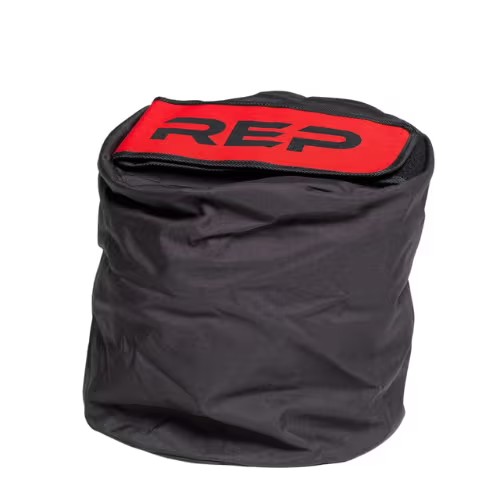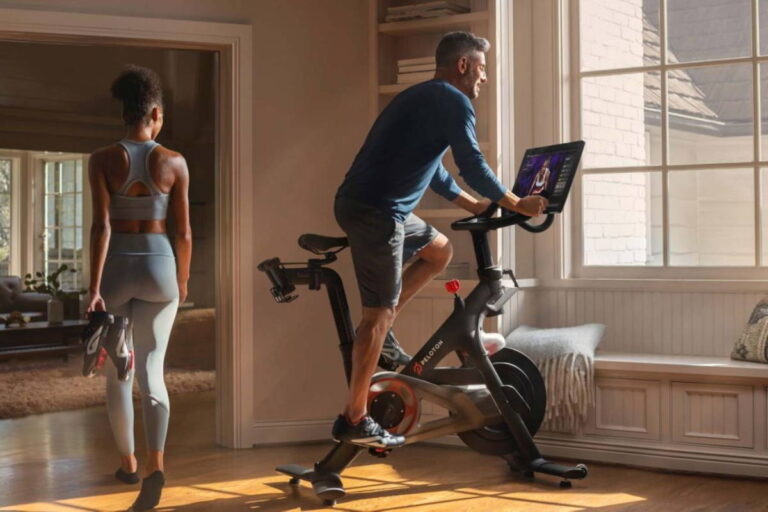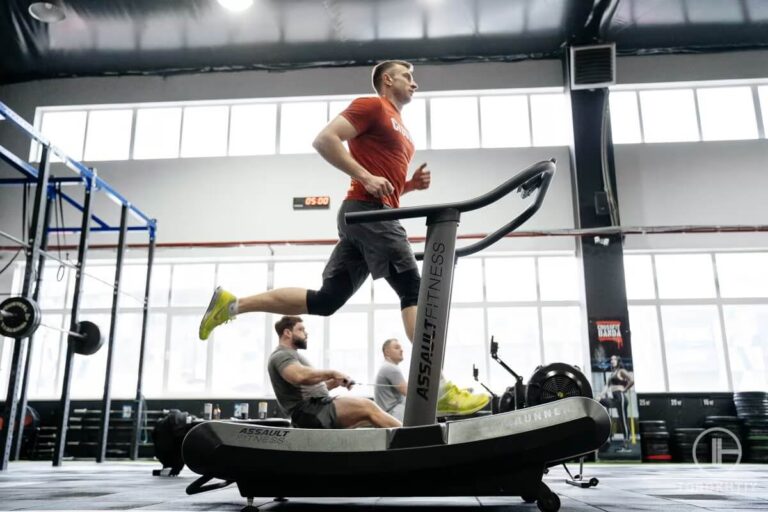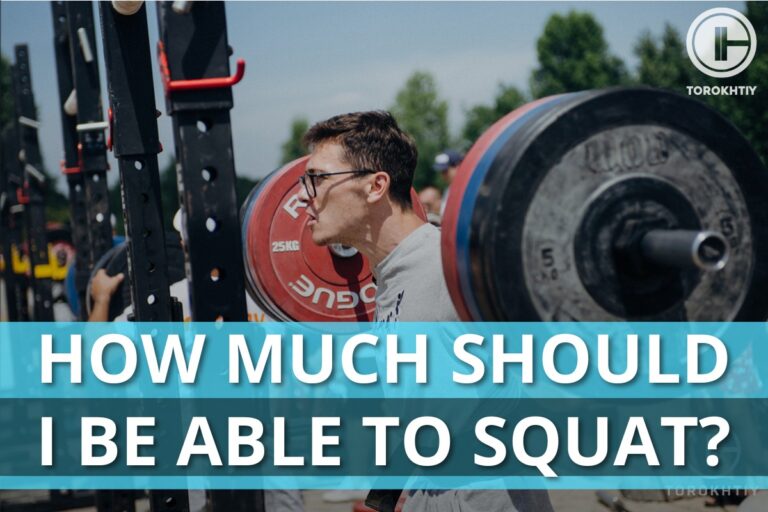6 Sandbag Workouts: Essential Exercises Described
Reviewed by: Oleksiy Torokhtiy (21 years of Oly Lifting experience)
A sandbag workout can do wonders for different fitness enthusiasts regardless if it’s your goal to burn calories, build on your strength or maybe improve your cardio. A sandbag workout is ideal not just for professional athletes but even for beginners looking for a good workout.
For starters, a sandbag is a weightlifting equipment that can replace dumbbells, kettlebells, and barbells. As the name suggests, it’s a bag filled with either sand or fillers and it’s available in different sizes and shapes.
A sandbag workout gives you a versatile way to train your body. This type of equipment allows you to do a huge bunch of exercises and target almost all your muscles. You can use it both for strength and HIIT workouts.
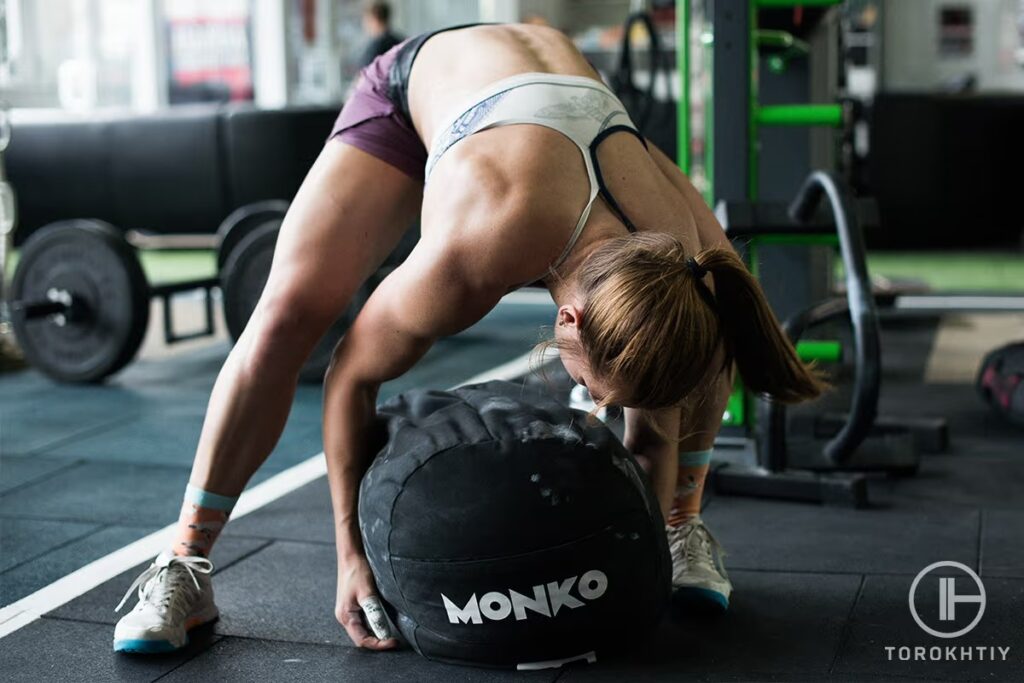
Sandbag Training for Specific Goals
The best thing about performing a sandbag workout is that you can hit different goals. By adjusting the sandbag exercises, you can burn a good amount of calories, build muscle mass, or even rehab an existing injury.
1. Fat Loss and Calorie Burn
If you wish to optimize fat loss with a sandbag workout routine, you’ll need to target large muscle groups in your body, plus make sure that you’re going to perform the exercises in high volume.
A good example of this is to first perform a 5-10 minute warm-up to prepare your body for the workout routine. You can perform jumping jacks, dynamic stretches, or a combination of both along with a bit of jogging.
After which, choose a sandbag that you can comfortably carry around for 3 to 5 sets of 15-20 reps. For the first exercise, you can do sandbag squats. From there, you can go ahead and perform sandbag deadlifts. These first two exercises target the glutes, and the quads, which are large muscle groups that can help burn a lot of calories.
And to maximize the amount of calories burned, try to minimize the amount of rest in between sets. Stick with a strict 30-60 second break every set. Also, you can switch to a lighter sandbag when you feel like you can’t finish the workout anymore.
2. Muscle Building and Strength Gain
Muscle building and strength gain require a different approach for those who are looking to use a sandbag for their routine. For building strength, you will need a heavy sandbag workout. This typically involves basic exercises such as squats, deadlifts, bench presses, and overhead presses.
For building strength, 5 sets of 5 reps and 5 sets of 8 reps are some of the more popular choices among fitness gurus.
In one study, researchers discovered that strength-related improvements are best seen when you implement heavier loads during exercises. On the other hand, if you’re looking for hypertrophy, it is best to compute 30% of your 1 rep max and use a moderate repetition range. This means doing it for around 10-12 reps per set.
Another study supports this by saying that high-load resistance training improved back squat strength better than low-load resistance training routine.
Next, if your goal is for hypertrophy, then you’d want to tweak your approach a bit. Some gurus would say that the sweet spot is around 3-4 sets of 6-12 reps. However, the key is to make sure that you can still perform every rep in correct form. Unfortunately, the downside to using a sandbag in some exercises is that the weight tends to shift.
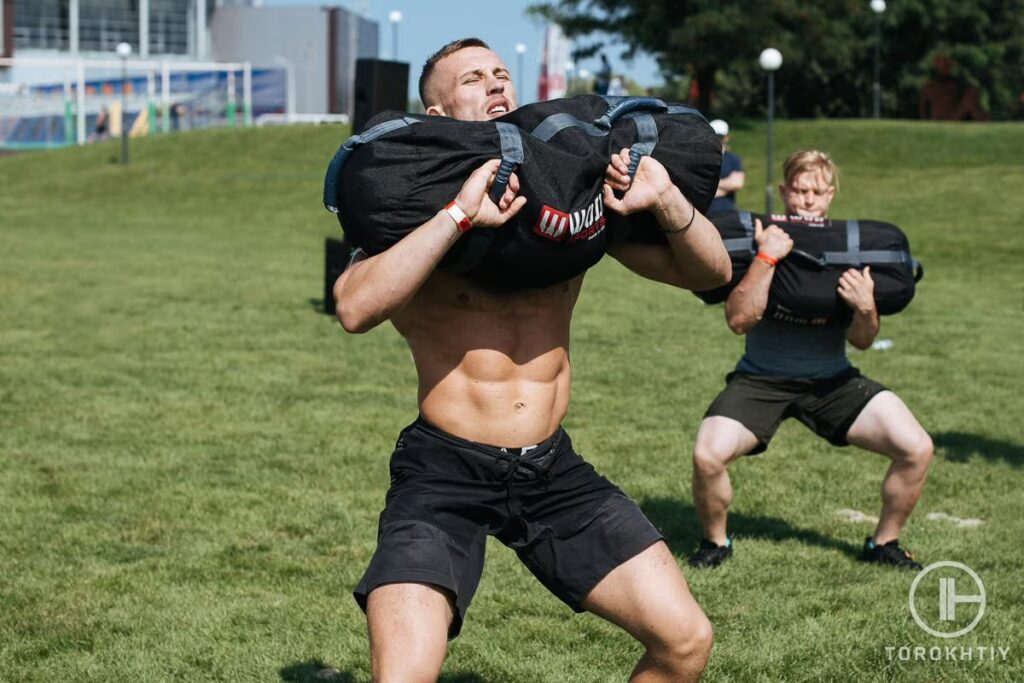
3. Functional Fitness and Athletic Performance
A sandbag workout program is popular not only among those who want to lose some weight. More than that, weight bag workouts are also beneficial among individuals with other fitness goals.
You can improve athletic performance with the right sandbag workout program. One of the reasons is that since the weight inside the bag shifts from side to side, this type of routine can recruit core muscles to allow the person to remain stable while doing certain exercises.
Other popular sandbag exercises for athletes aside from swings, squats, and overhead presses include carry and throw, orbit carry, and the ab side-to-side bag lifts.
Aside from improving athletic performance and making it easier to perform movements in different planes, sandbag training routines can also come in handy for older individuals who are looking to perform activities of daily living such as walking, climbing the stairs, and carrying groceries.
4. Rehabilitation and Injury Prevention
Rehab and injury prevention is mostly focused not just on strengthening muscles but also on improving joint stability, addressing existing muscle imbalances, and training proprioception.
Using a sandbag in both rehab and injury prevention workouts involve a lot of core stabilization, strengthening weak muscle groups, and training the body to adapt to the shifting weight of the sandbag.
For example, you can reduce muscle imbalance by working on single-leg exercises. You can perform sandbag swings to improve not only your grips but also your core. Plus, many sandbag-related exercises can involve the hips which can come in handy in rehab and injury prevention. In a study, hip-focused injury prevention programs can significantly reduce incidences of ACL injury among athletes.
5. Endurance and Overall Conditioning
Sandbags can also improve cardio and result in an overall better conditioning. For advanced fitness enthusiasts, performing high-intensity interval training (HIIT) circuits combining different sandbag exercises with minimal rests in between not only lets you burn a lot of calories, but it can also build your cardiovascular endurance.
You can use exercises that involve different muscle groups at once to maximize the results of your sandbag conditioning routine. A few examples of these include squats, swings, and overhead presses. For beginners, it is highly suggested that you also moderate the intensity to avoid the chances of injuries.
Top Exercises With a Sandbag
Whether it’s for sandbag strength training or fat loss, there are a lot of exercises for you to choose from. This is also the reason why a lot of people prefer having a sandbag to a dumbbell or a barbell at home.
1. Squats and Lunges
At the top of our list are squats and lunges. Squats and lunges work mainly on the glutes, hamstrings, and quads. The only difference is that squats work both legs while lunges work one leg at a time.
With lunges, you can isolate the side that has an imbalance, strengthening the side that is usually taken for granted.
To perform sandbag lunges and squats, you have the option to load the sandbag in different ways. One, you can have it similar to doing a back squat. Or two, you can have it loaded in front similar to how you’re doing a front squat. Because of the difference in positioning, a front squat requires the person to have a more vertical posture, therefore engaging the core even more.
2. Deadlifts and Cleans
Next, you have deadlifts and cleans. Both cleans and deadlifts require the ability to lift the sandbag from the floor. Both exercises require a straight back and engaged core. In addition to this, it also works the glutes and the hamstring.
The only difference is that deadlifts end with the legs straight and the sandbag hanging from your hands, while cleans will also require recruiting upper body muscle groups. Cleans are considered a full-body workout wherein you will need to engage your upper back, traps, and forearms as you want to get the sandbag loaded in front and on the shoulder similar to the starting position of a front squat.
3. Overhead Presses and Thrusters
Overhead presses and thrusters are two popular exercises with sandbags. However, performing an overhead press only requires upper body muscle groups, while thrusters combine an overhead press and a squat.
To perform thrusters, you will load the sandbag in front and on top of your shoulders. Then, you will perform a front squat. Once you come up, you will then have to extend the arms as if you’re performing an overhead press.
4. Rows, Carries, and Drag Exercises
Next, rows, carries, and drags are three exercises that can help your grips and your core. Even if you get to perform movements differently, you will need to have strong grips, and an engaged core to complete these exercises involving a sandbag.
For rows, you will have to bend at both your hips and knee while keeping your back straight the entire time. Next, you will grab the handles of the sandbag and pull the sandbag towards you.
For sandbag carries, this type of exercise is simple but may require good grips. Sandbag carries are performed by hugging the sandbag and holding both hands in a gable grip. Here, you will have to squeeze hard enough to keep the sandbag in contact with your torso.
There are different types of drag exercises. However, the most common is to start in a plank position similar to when you’re going to perform a push-up.
Then there is also the variation wherein you’re going to carry a sandbag on your forearm, similar to how you’re holding a baby. From there, the sandbag is attached to other sandbags on the ground using a resistance band. To perform the exercise, you will be dragging the sandbags as you walk in reverse.
5. Swings, Planks and Sit-Ups
There are a lot of core and stability exercises that can be performed using a sandbag. One of which is the sandbag swings. Involving not just the posterior chain, this movement requires an engaged core to keep you stable as you throw the weight of the sandbag forward using your hips.
Next, sandbags can be used for planking as added resistance. Here, you can have the sandbag on your back while you plank. For others, they use the sandbag as an alternative to a slam ball in performing their sit-ups or when they are doing the Russian twist.
6. Biceps Curls and Tricep Extensions
One of the biggest misconceptions about sandbags is that you can only do dynamic movements with this equipment. Sandbags can be used in curls and tricep extensions. For curls, just hold the sandbag’s handle and curl your arms. For tricep extensions, hold the sand bag on top of your head and then perform tricep extensions. Just be sure to keep your elbows together to isolate the triceps.
Sandbag Workouts
There are a lot of sandbag training routines that can target different body parts. Some workouts can help you save time and may even involve different muscle groups.
1. Leg Workout
When you’re doing a leg workout, focus on three important exercises namely: Squats, lunges, and deadlifts. This can help build strong quads, hamstrings, glutes, and even calves. If you want to perform sandbag strength training, then leg day can pay dividends. Depending on the results that you are looking for, try to tweak the number of reps and sets, as well as the amount of weight of your sandbag.
Here is an example of a leg workout with a sandbag:
- Squats: 4 sets x 12 reps
- Lunges: 4 sets x 20 reps (10 each side)
- Romanian Deadlifts: 3 sets x 15 reps
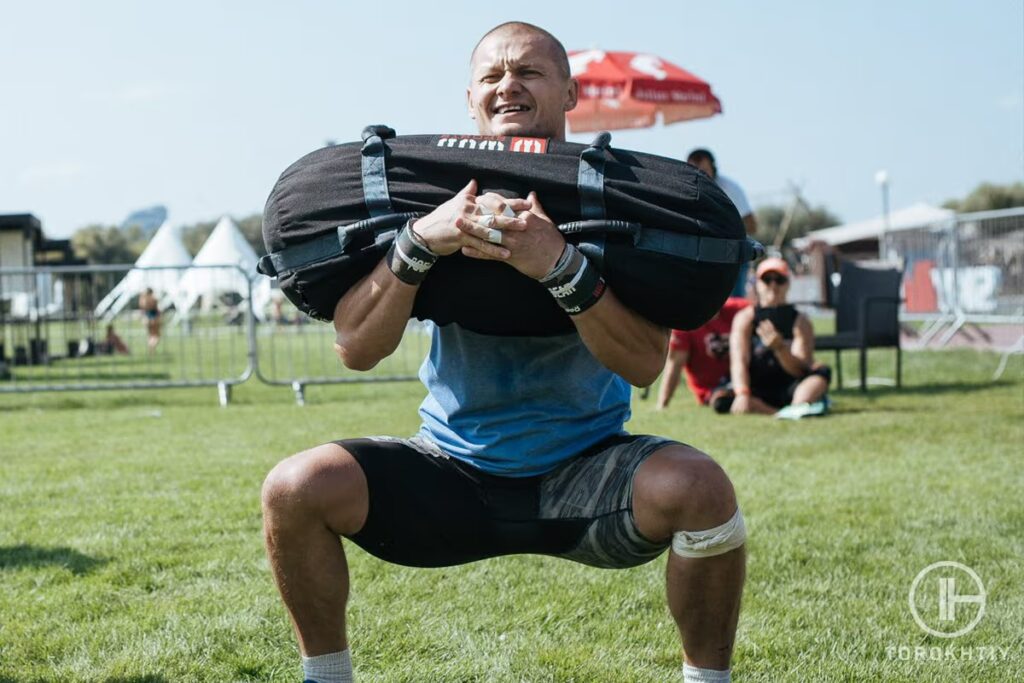
2. Back Workout
There are not a lot of back workouts that you can do with a sandbag. However, it’s still possible to use this equipment as an alternative to dumbbells when you’re trying to hit your pulling muscles. Performing rows is a good way to target the lats.
Here’s a back workout with a sandbag:
- Bear crawl drags: 5 sets x 20 meters
- Sandbag Rows: 5 x 20 reps
- Carries: 5 x 20 meters
- Pull-ups: 5 x 15 reps
3. Chest and Shoulder Workout
For those who want to focus on chest and shoulder workouts, you can choose to perform sandbag chest presses and overhead presses. For the sandbag chest press, just lay flat on the floor, and push the sandbag up. Have a 90-degree angle on your arms to specifically target the chest and not just the tricep.
The overhead press is a good way to build on your shoulders. However, if you want a complete pushing workout, then you might want to choose thrusters instead of just overhead presses. Here, it will also involve the legs.
Here is chest and shoulder workout with a sandbag:
- Bench Press: 4 sets x 15 reps
- Sandbag weighted pushups: 4 sets x 15 reps
- Overhead Press: 4 sets x 15 reps
- Sandbag Front Raise: 4 sets x 10 reps
4. Core Workout
There are many ways how you can work your core using your sandbag. For one, you can start things off with sandbag swings. Here, you will have to engage the core as you use your hips to get the sandbag to push forward. Also, remember to bend your knees a bit. This not only engages the core but works on your posterior chain.
After doing swings, you can then use the sandbag to make your planks even more challenging. You can have it on your back while you hold the plank position. If it’s too heavy on your back, then you can use drags as an alternative. Here, you can hold your plank position as you slide the sandbag on the floor side to side.
Here is a core workout with a sandbag:
- Swings: 10 sets x 10 reps
- Weighted plank: 5 sets x 45 seconds
- Weighted situp: 5 sets x 25 reps
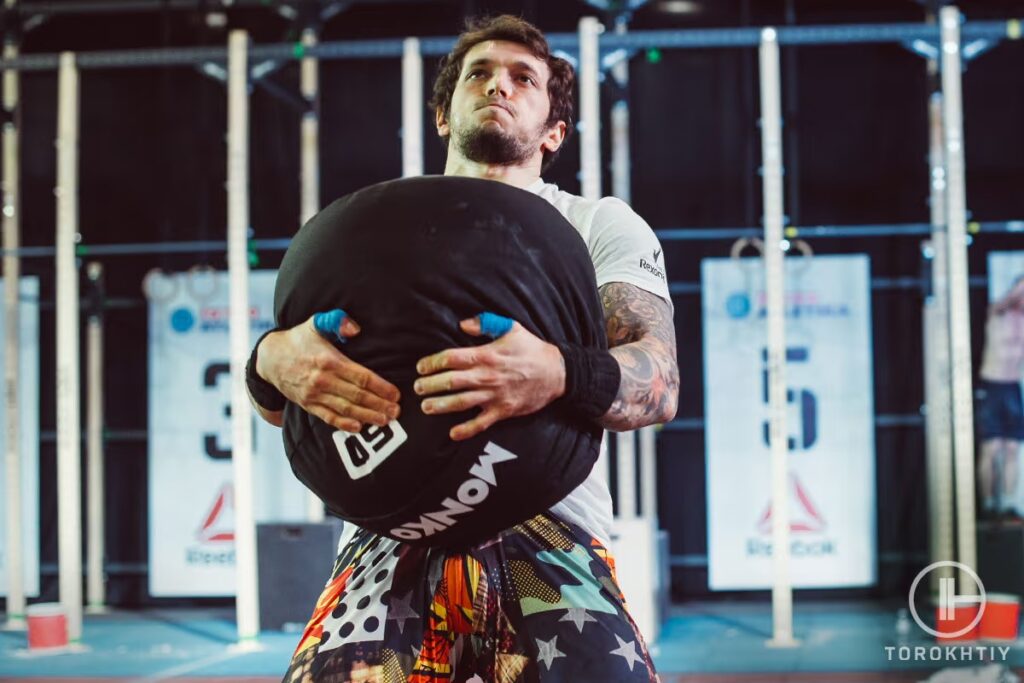
5. Arms
Next, if you want to specifically work on your biceps and triceps, then you can do both curls and sandbag extensions. For curls, just hold the handle and curl just like how you are doing it on a dumbbell. However, make sure that you’re going to maximize the range of motion if you’re going to curl.
Next, you can do lying tricep extensions. Here, you will be in a supine position as you push the sandbag up. Unlike doing sandbag bench presses, the arms are closer making your tricep work.
Here is an bicep and tricep workout with a sandbag:
- Sandbag curls: 5 sets x 25 reps
- Sandbag tricep extensions: 5 sets x 25 reps
6. Full-Body Workout
And lastly, if you are going to do a full-body workout, then you just need these exercises: sandbag swings, sandbag thrusters, sandbag squats, sandbag cleans, sandbag curls, and lying sandbag extensions. This makes sure that you are going to target a good number of muscle groups.
Here is an example of a full-body workout with a sandbag:
- Sandbag swings: 5 sets x 25 reps
- Sandbag cleans: 5 sets x 25 reps
- Sandbag thrusters: 5 sets x 15 reps
- Sandbag squats: 5 sets x 10 reps
- Sandbag curls: 5 sets x 15 reps
- Sandbag lying extensions: 5 sets x 15 reps
Tips From the Champ
Stone Sandbags are available in 50 lbs, 100 lbs, and 150 lbs. All of which are heavy. This heavy-duty sandbag has a strongman-style design that allows users to perform some of the important exercises such as stone carries, cleans, presses, and squats.
Olympic Weightlifting Champion
Choosing the Right Weight and Size for Your Fitness Level
Sandbags usually come in a variety of weights starting from 10 pounds and up. You can find 10, 20, 30, and even a 40-pound sandbag in the market. However, when choosing the right one for you, go with the weight that gives you a bit of challenge but doesn’t compromise your form.If you’re a beginner and it is your first time working on a sandbag, then choose the lightest weight first. The same goes for smaller individuals.
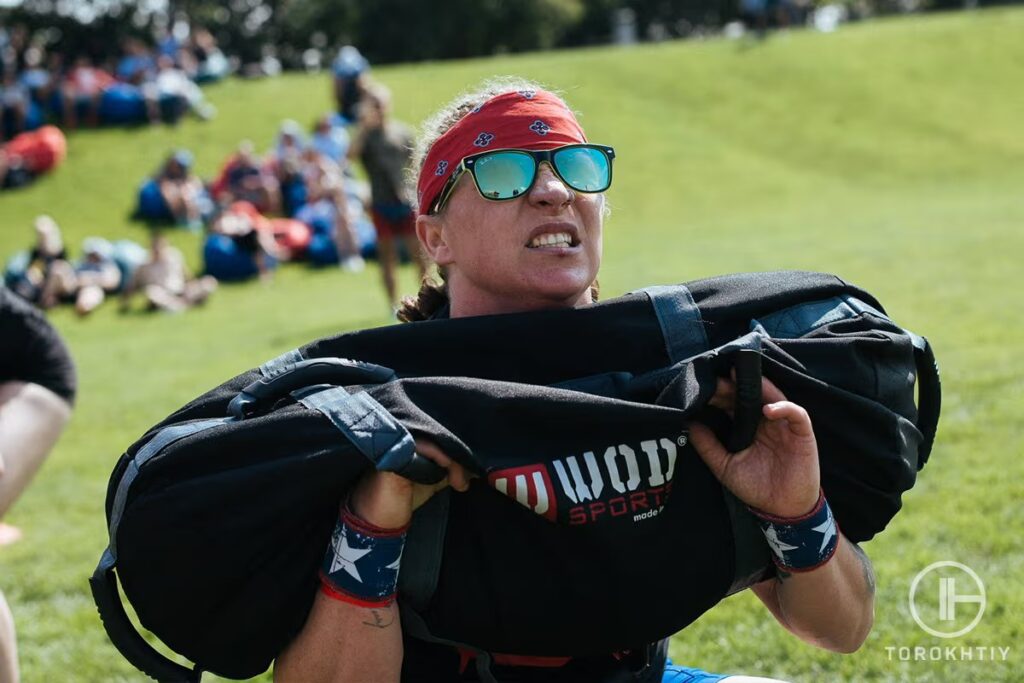
Types and Features of Sandbags
The market for sandbags evolved over the years. Today, there are a lot of sandbag designs to choose from. There are adjustable sandbags that allow you to remove or add fillers. There are also those sandbags that don’t have any handles. These sandbags are designed for sandbag carry wherein you will just hug the sandbag on your torso.
1. Fitness Sandbag
Fitness sandbags are designed for different users as you get to adjust the weight of this sandbag. It typically has sand or other types of fillers that you can remove or add depending on the weight that you want to use. A Fitness sandbag also comes with grips making it a good choice for swings and other types of exercises that require a handle.
2. Strongman Sandbag
Next is the Strongman sandbag. A strongman sandbag is usually larger and heavier than your average fitness sandbag. It also doesn’t have any handles and are available in different shapes such as cylindrical, barrel-shaped, or rectangular. Its main use is for strongman competition training.
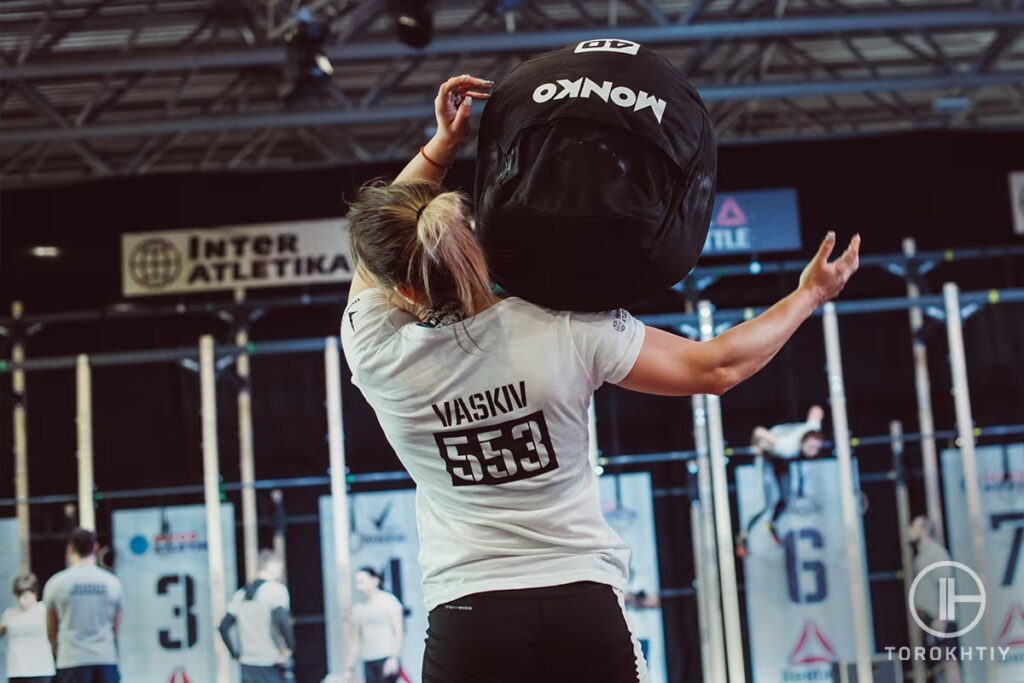
3. Bulgarian Sandbag
Lastly, you have the Bulgarian sandbag. It’s a crescent shaped sandbag that originally became popular in Bulgaria. It’s a popular choice among wrestlers especially since it comes with studies to back up wrestlers’ claim that it can improve their strength.
Bulgarian sandbags are usually heavier than fitness sandbags but lighter than your strongman sandbag. Modern day bulgarian sandbags come with multiple handles.
Stone Sandbag-Sandbag That We Highly Recommend
Stone Sandbags are available in 50 lbs, 100 lbs, and 150 lbs. All of which are heavy. This heavy-duty sandbag has a strongman-style design that allows users to perform some of the important exercises such as stone carries, cleans, presses, and squats.
However, it’s not like the usual sandbag that comes with a handle. Here, you’ll have to hug and use your grips to lift the Stone Sandbags. And while the surface is a bit rough for some, it is a good choice for outdoor workouts.
FAQ
Are Sandbag Workouts Effective?
Yes. It can be used not just for losing body fat but also for building strength and endurance. You can also target different muscle groups depending on the exercise that you opt to include in your program.
Can I Build Muscle With a Sandbag?
Yes. You can build muscle doing exercises with a sandbag but you need to have the right weight and do the right number of reps to achieve muscle hypertrophy or build strength.
What Is the Best Weight for Sandbag Training?
Always use the sandbag that you’re comfortable with when performing different exercises. This way, you can avoid injuries too.
How Many Calories Does Sandbag Training Burn?
It can vary depending on the weight of the sandbag, the type of exercise that you do, and the weight of the person doing the activity. But as a general rule of thumb, you can burn approximately around 200-300 calories in 30 minutes doing sandbag squats, and as much as 400 calories every 30 minutes if you are doing sandbag cleans.
Conclusion
Overall, there are many reasons why you should add sandbag training routines to your program. You can lose fat, gain muscle, and even improve your overall endurance. Just be sure that you pick the right weight for you. Plus, don’t compromise your form to make sure that you don’t make yourself prone to injuries. What do you think of working out using a sandbag? Let us know in the comment section below!
Also read:
- Balance Board Workout
- Plyo Box Exercises
- Ghd Sit up Benefits
- Best Parallettes for Calisthenics
- Belt Squat
- Best Cable Machine for Home Gym
- Push Up Bar Exercises
- Best Balance Boards
- Best Resistance Bands
- Best Functional Trainer Machine
References:
- Loading Recommendations for Muscle Strength, Hypertrophy, and Local Endurance: A Re-Examination of the Repetition Continuum // Ncbi: https://www.ncbi.nlm.nih.gov/pmc/articles/PMC7927075/
- Effects of Low- vs. High-Load Resistance Training on Muscle Strength and Hypertrophy in Well-Trained Men // Pubmed: https://pubmed.ncbi.nlm.nih.gov/25853914/
- Systematic review of functional training on muscle strength, physical functioning, and activities of daily living in older adults // Eurapa: https://eurapa.biomedcentral.com/articles/10.1007/s11556-014-0144-1
- Effect of Hip-Focused Injury Prevention Training for Anterior Cruciate Ligament Injury Reduction in Female Basketball Players: A 12-Year Prospective Intervention Study // Pubmed: https://pubmed.ncbi.nlm.nih.gov/29360406/
- Effect of Hip-Focused Injury Prevention Training for Anterior Cruciate Ligament Injury Reduction in Female Basketball Players: A 12-Year Prospective Intervention Study // journal: https://journal.unnes.ac.id/sju/index.php/peshr/article/view/47353
Why Trust Us?
With over 20 years in Olympic Weightlifting, our team does its best to provide the audience with ultimate support and meet the needs and requirements of advanced athletes and professional lifters, as well as people who strive to open new opportunities and develop their physical capabilities with us.
By trusting the recommendations of our certified experts in coaching, nutrition, dietology, and sports training programming, as well as scientific consultants, and physiotherapists, we provide you with thorough, well-considered, and scientifically proven content. All the information given in the articles concerning workout programming, separate exercises, and athletic performance, in general, is based on verified data. We ensure that you can rely on our professionals’ pieces of advice and recommendations that can be treated as personalized ones which will benefit you and fully meet your needs.
The product testing process is described in more detail here
Author: Ihor Shymechko
Pro Olympic Weightlifter, Coach
Best Results: Snatch – 208 kg,
C&J – 240 kg
Ihor has been a professional weightlifter since 1996, boasting over two decades of competition experience. His notable achievements include clinching the European Championship in 2009 and securing a silver medal in the 105kg division at the Senior World Championships in 2011. Ihor represented his country in the 2008, 2012, and 2016 Summer Olympics. After retiring from competitive weightlifting, he transitioned to coaching, leveraging his vast experience to guide athletes who now compete on both national and international stages.
Reviewed by: Oleksiy Torokhtiy
Olympic Weightlifting Champion
Best Results: Snatch – 200 kg,
C&J – 240 kg
Oleksiy Torokhtiy is a professional athlete boasting 20 years of experience in Olympic weightlifting. With multiple European and World titles under his belt, he has showcased his prowess in two Olympic Games (Beijing 2008 and London 2012). Upon concluding his illustrious career, Oleksiy dedicated himself to coaching. By 2022, he had conducted over 200 weightlifting seminars worldwide. He is the visionary behind an international sportswear and accessories brand known for its motto, “Warm Body Cold Mind.” Additionally, he is an esteemed author and the creator of a series of training programs and eBooks.


